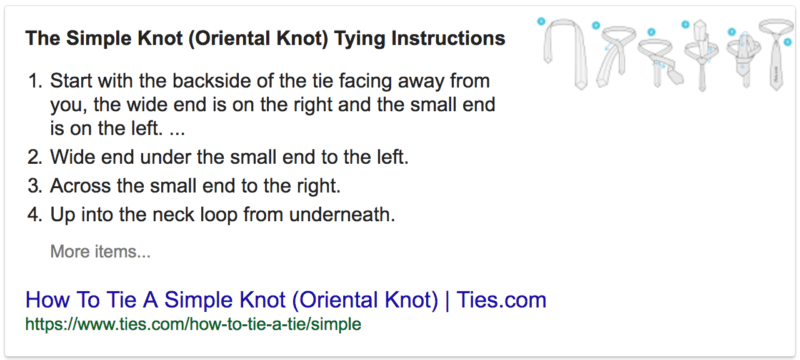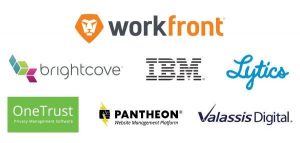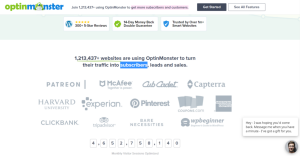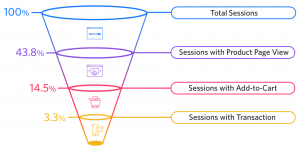Everyone wants to command that coveted ‘position 0’ for regular and voice-based search, but that doesn’t mean you can, says contributor Karen Bone. Here’s how to figure out if it’s worth trying.

Today’s article is a continuation of “Want to target position 0? Here’s what you need to make that happen.”
There are two primary reasons for targeting the coveted position zero (0), also known as the featured snippet:
- To sit at the top of the search engine results page.
- To capture queries within voice-based search results.
When your goal is to be number one in the search results, you’ll need a strategy to achieve a featured snippet of your page’s content. This requires in-depth research and analysis of the opportunity, including investigating your competitors and knowing which keywords to target.
In my previous article, I covered the five steps you should take when developing this particular strategy. But with a project of this size and the presumed resources needed to execute it, chances are you’ll need to justify its importance to your team and, more importantly, to your client.
What’s the best way to do that? Provide a thorough forecast that demonstrates an increase in the conversion rate or dollar value. In this article, I’ll explain exactly how you can calculate a forecast for achieving a featured snippet.
Click-through rate of ‘position 0’
In a 2017 article titled “Another Study Shows how featured snippets steal significant traffic from the top organic results,” author Barry Schwartz implied that “position 0” may get about an 8.6 percent click-through rate (CTR).
However, that number depends heavily on a number of factors, including whether the snippet content satisfied the search query if only a portion of an answer was featured, or if a video was offered for viewing.
Between a number of articles and other assumptions we’ve seen, it’s clear we haven’t really pinned “position 0” to the organic click-curve rates on page one search results.
Assumptions and forecasting
When calculating a forecast, you’ll need some key metrics:
- Keyword search volumes.
- The CTR for the target ranking position.
- Your landing page conversion rates from organic traffic.
- If you have an e-commerce site, I recommend including your average order value as well to generate a total revenue forecast.
When creating a forecast on target organic positions, the team at Ayima (my company) strongly suggests generating your own click-curve rates if you have enough data, rather than using the generic numbers. This will provide a more accurate, industry-specific result while taking into consideration other features on the search engine results pages (SERPs) such as paid ads, maps and knowledge panels.
Of course, “position 0” isn’t visible within today’s click-curve, so we have to generate our own CTR based on specific considerations:
- Keep your forecast conservative relative to your queries and industry.
- Don’t use a “position 1” CTR for your forecast on “position 0.” They are close but very different.
- What is the user’s intent based on the search query?
- How likely is it that they’ll convert at this stage of your conversion funnel?
- Is the query highly competitive, and does it have a higher monthly search volume than most long-tail keywords?
We use a conservative 1 percent CTR, rather than something closer to 15-20 percent in our forecasts because we believe there are too many variables to suggest otherwise at this time. That could change when Google Search Console starts providing CTR data for keywords ranked in “position 0.”
An example
Let’s look at the key phrase, “how to tie a tie,” which has a 450,000 monthly search volume.
A generic “position 1” click-through rate may suggest 20 percent or 90,000 users click through to the page. However, because the content (or answer) is exposed on the SERP, a user may not actually click through to your site at all.

In this example, Ties.com’s featured snippet reveals an image with six visual steps, but the text only reveals four steps.
This will increase the likelihood of a higher than 1 percent CTR, but perhaps not 20 percent.
If we aim very conservatively with a 1 percent CTR, that means 4,500 people would click through on “how to tie a tie.” If the landing page has an organic traffic conversion rate of 2 percent, that’s 90 visits making a purchase, at an average order value of $50, equating to roughly $4,500 in purchase demand from ranking in “position 0.”
This same logic can be applied across a large list of long-tail keywords for a combined total monthly forecast or for showcasing a lost opportunity, depending on how you’d like to position it.
By then comparing your forecast to the potential cost of resources, you’ll get a better idea of whether it’s worth pursuing featured snippets for your website.
Summary
Overall, your next steps will look like this:
- Analyze the data.
- Identify your target keywords.
- Perform a competitor analysis.
- Determine how you can gain market share from competitors.
- Forecast the project’s potential profitability.
Everyone wants to be number one and command that coveted “position 0” for regular and voice-based search. Just because everyone is doing it, it doesn’t mean it is a valuable opportunity for you. Do the research and a thorough forecast before jumping into a project like this.
[Article on Search Engine Land.]
Opinions expressed in this article are those of the guest author and not necessarily Marketing Land. Staff authors are listed here.
Marketing Land – Internet Marketing News, Strategies & Tips
(55)
Report Post









